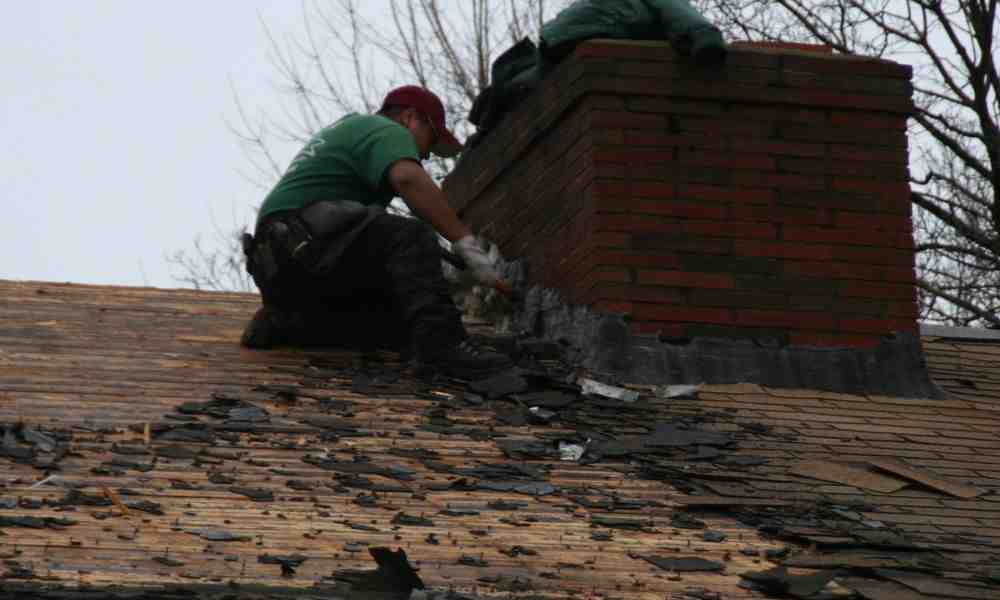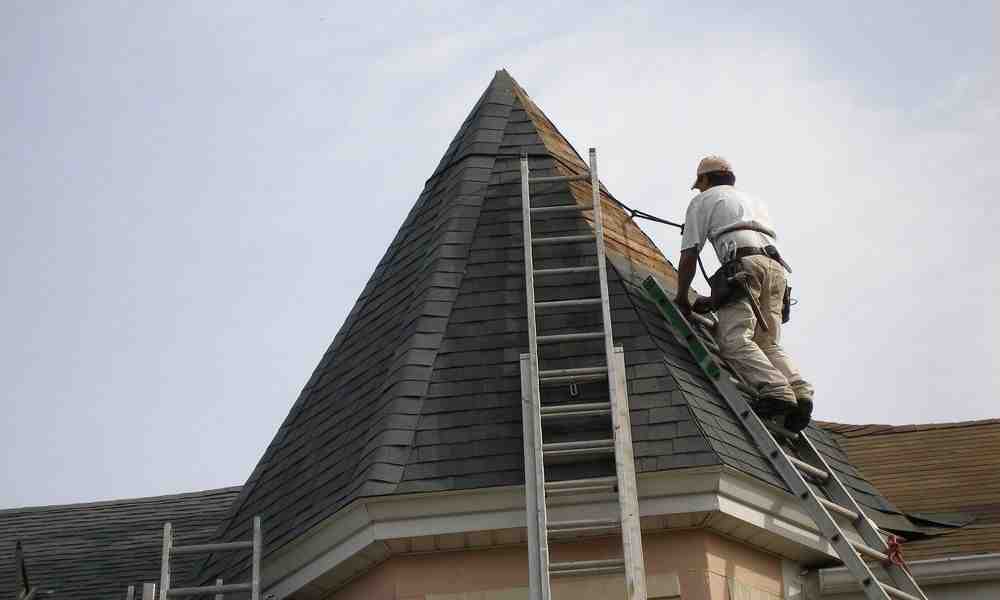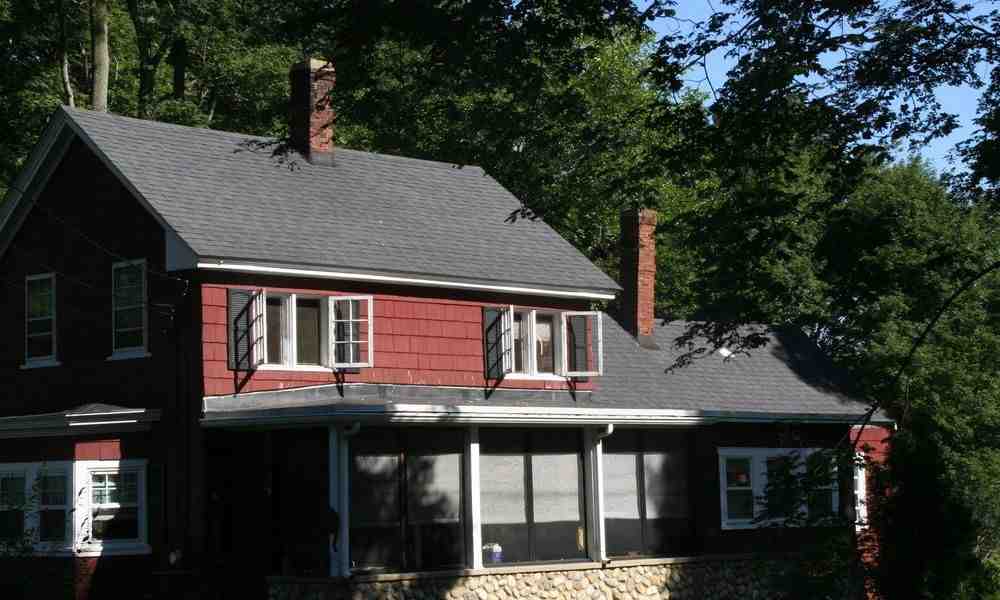How Often Should a Roof Be Replaced? Top Tips in 2024
The Lifespan of Your Roof: When Should It Be Replaced?
Wondering how often should a roof be replaced? The lifespan of your roof largely depends on the materials used, the quality of installation, the climate, and maintenance practices. Here’s a quick guide:
Roof Replacement Frequency:
– Composition Shingles: 12-20 years
– Asphalt Shingles: 15-30 years
– Wood Shingles: 20-25 years
– Rubber Roofs: 30-50 years
– Metal Roofs: 50-75 years
– Tile Roofs: Up to 100 years
– Slate Roofs: Up to 100 years
I’m Jack Golini, owner of Golini Roofing, with over 35 years of experience in the roofing industry. Having seen countless roofs in all conditions, I assure you that knowing how often should a roof be replaced can prevent costly repairs and save you money in the long run.
Factors Affecting Roof Lifespan
Understanding how often should a roof be replaced hinges on several key factors. Let’s break down these factors to help you make an informed decision.
Type of Roofing Material
Different roofing materials have different lifespans. Here’s a quick rundown:
- Asphalt Shingles: The most common roofing material in the U.S. They typically last 15-30 years. Regular inspections and maintenance can help extend their lifespan.
- Metal Roofs: Known for durability and energy efficiency, these can last 40-70 years. They stand up well against severe weather and require less frequent replacement.
- Tile Roofs: Both clay and concrete tiles are long-lasting, with lifespans ranging from 50 to 100 years. They are durable but can be heavy, requiring strong structural support.
- Wood Shake Roofing: Adds a rustic charm and lasts 20-40 years. However, wood is susceptible to moisture and insect damage, which can shorten its lifespan without proper maintenance.
- Slate Roofs: The most durable, lasting up to 100 years. Made of natural stone, they are often used on high-end homes due to their longevity and aesthetic appeal.
Climate and Weather Conditions
The climate you live in plays a significant role in how long your roof lasts.
- Hot Climates: Prolonged exposure to high temperatures can cause roofing materials to deteriorate faster. For example, asphalt shingles may crack or curl.
- Cold Climates: Freeze-thaw cycles can lead to cracks and leaks, especially in materials like asphalt and wood.
- Humidity: High humidity can promote mold and mildew growth, particularly on wood shake roofs.
- Severe Weather: Hail, heavy rain, and strong winds can cause significant damage. Metal roofs are generally more resistant to these conditions, while asphalt shingles may require more frequent repairs.
Quality of Installation
The quality of your roof’s installation can make or break its lifespan.
- Professional Installation: Hiring experienced professionals ensures that your roof is installed correctly. Poor installation can lead to leaks, water damage, and a shortened lifespan.
- DIY Installation: While it may save money upfront, DIY installation can result in costly mistakes. Incorrect installation techniques can void warranties and lead to premature roof failure.
Maintenance and Upkeep
Regular maintenance is crucial for extending your roof’s lifespan.
- Regular Inspections: Schedule inspections at least twice a year. This helps catch minor issues before they become major problems.
- Cleaning Gutters: Clogged gutters can cause water to back up and seep under the roof, leading to leaks and water damage.
- Repairing Damage: Promptly fix any issues like missing shingles, damaged flashing, or leaks. Delaying repairs can lead to more extensive and expensive damage.
In summary, the type of roofing material, climate conditions, quality of installation, and regular maintenance practices all significantly impact how often you should replace your roof. By understanding these factors, you can better plan for maintenance and avoid unexpected costs.
Next, let’s delve into the signs you need a roof replacement.
Signs You Need a Roof Replacement
Age of the Roof
One of the most obvious signs that you may need a new roof is its age. Most asphalt shingle roofs last between 20 and 30 years. If your roof is nearing this age, it’s time to start planning for a replacement. Even if it looks fine from the ground, an older roof is more likely to have hidden issues.
Tip: Contact a professional to perform a roof inspection. They can give you a clearer idea of your roof’s remaining lifespan and any potential problems.
Curling, Cracking, or Missing Shingles
Damaged shingles are a clear indicator that your roof may need replacing. Look for:
- Curling Shingles: Shingles that are curling at the edges.
- Cracking Shingles: Visible cracks on the surface.
- Missing Shingles: Shingles that have blown off or are missing.
These issues can lead to more serious problems like water damage. If you notice an excessive amount of shingle granules in your gutters, it’s another sign that your shingles are deteriorating.
Water Damage or Leaks
Water damage is a serious sign that your roof may need replacing. Look for:
- Interior Water Stains: Stains on ceilings or walls.
- Attic Leaks: Visible water or damp spots in the attic.
- Damaged Flashing: Flashing around chimneys, vents, or skylights that is cracked or missing.
These signs indicate that water is penetrating your roof, which can lead to structural damage if not addressed promptly.
Presence of Mold or Mildew
Mold and mildew thrive in damp environments, so their presence can indicate roof problems. Look for:
- Mold Growth: Dark spots or streaks on your roof or in your attic.
- Mildew Presence: A musty odor in your home.
- Health Risks: Mold can cause or aggravate respiratory issues, such as allergies and asthma.
If you notice mold or mildew, it’s crucial to address the underlying issue quickly to protect your health and home.
Sagging or Drooping Roof
A sagging or drooping roof is a serious issue that requires immediate attention. This can be caused by:
- Structural Damage: Weakening of the roof’s structure.
- Poor Ventilation: Inadequate airflow that leads to moisture buildup.
- Water Damage: Prolonged exposure to water that compromises the roof’s integrity.
If you see any part of your roof sagging, it’s important to contact a professional immediately to prevent further damage or potential collapse.
Next, we’ll explore how often you should replace your roof based on different roofing materials and other factors.
How Often Should a Roof Be Replaced?
How often should a roof be replaced? It depends on the type of roofing material, climate, and how well you maintain it. Here’s a breakdown:
Asphalt Shingles
Lifespan: 15-30 years
Maintenance: Regular inspections, especially after severe weather, are crucial. Look for granule loss in gutters, which indicates aging shingles.
Climate Impact: Harsh winters and high humidity can shorten their lifespan.
Asphalt shingles are affordable and easy to install but may not last as long as other materials. Regular maintenance can help extend their life.
Metal Roofs
Lifespan: 40-70 years
Maintenance: These roofs are durable but still need occasional inspections for rust or loose panels.
Climate Impact: Excellent in various climates, metal roofs reflect sunlight, which can reduce cooling costs.
Metal roofs are long-lasting and energy-efficient. They are resistant to weather, fire, and insects, making them a solid investment.
Tile Roofs
Lifespan: 50-100 years
Maintenance: Regular checks for cracks or broken tiles are essential.
Climate Impact: Ideal for hot climates as they can repel heat, reducing cooling costs.
Tile roofs, made from clay or concrete, are durable and can last a century. However, they are heavy and may require additional structural support.
Wood Shake Roofing
Lifespan: 20-40 years
Maintenance: Requires regular treatment for moisture and insect damage.
Climate Impact: Not ideal for humid climates as they are prone to rot and insect damage.
Wood shake roofs offer a rustic charm but need more upkeep. Without proper maintenance, their lifespan can be significantly reduced.
Slate Roofs
Lifespan: Up to 100 years
Maintenance: Minimal, but regular inspections can catch minor issues before they become big problems.
Climate Impact: Very durable against most weather conditions, but heavy and brittle.
Slate roofs are the most durable and can last a century. They are often used in high-end homes due to their longevity and aesthetic appeal.
Understanding how often to replace your roof can save you money and protect your home. Regular inspections and proper maintenance are key to extending the life of your roof, regardless of the material.
Frequently Asked Questions about Roof Replacement
How do you know it’s time to replace your roof?
Knowing when to replace your roof can save you from costly repairs. Here are some signs:
- Water Damage: Look for water stains on your ceiling or in your attic. These can indicate leaks that may require a full roof replacement.
- Attic Leaks: Damp rafters or wet insulation in the attic are clear signs that your roof is compromised.
- Damaged Shingles: If you see missing, curling, or cracked shingles, it’s time to consider a replacement.
- Sagging Roof: A sagging roof can be a sign of structural damage. This requires immediate attention.
- Mold or Mildew: The presence of mold or mildew can indicate moisture is seeping through your roof.
Regular inspections, ideally twice a year, can help catch these issues early.
What is the typical life expectancy of a roof?
The life expectancy of your roof depends on the material used:
- Asphalt Shingles: 15-30 years. Regular inspections can help you catch issues like granule loss early.
- Metal Roofs: 40-70 years. These are durable and energy-efficient.
- Tile Roofs: 50-100 years. Clay and concrete tiles are extremely durable.
- Wood Shake Roofing: 20-40 years. Regular maintenance is key to preventing moisture and insect damage.
- Slate Roofs: Up to 100 years. These are often used in high-end homes due to their longevity.
Quality of installation and regular maintenance also play a significant role in extending your roof’s lifespan.
What is the best month to replace a roof?
The best time to replace your roof is during the fall season. Here’s why:
- Optimal Weather: Fall offers mild temperatures, which are ideal for roof installation. Extreme heat or cold can affect the materials and installation process.
- Repair Work: Fall weather is generally stable, making it easier to complete the work without weather-related delays.
Replacing your roof in the fall ensures it is in top condition to withstand the winter months.
Understanding these factors can help you make informed decisions about your roof replacement. Regular inspections and timely maintenance are crucial for extending your roof’s lifespan and protecting your home.
Conclusion
Maintaining your roof is essential for protecting your home and ensuring the safety and comfort of your family. Regular roof inspections and timely maintenance can catch small issues before they become significant problems, extending the lifespan of your roof and saving you money in the long run.
At Golini Roofing, we pride ourselves on providing top-notch roofing services. Our team of experienced professionals is dedicated to ensuring your roof is in optimal condition. We offer comprehensive roof inspections and maintenance services to help you avoid costly repairs and replacements.
Regular roof inspections not only help in identifying potential issues but also play a crucial role in maintaining your home’s value. A well-maintained roof enhances your home’s curb appeal and ensures the structural integrity of your property.
If you notice any signs of damage, such as missing shingles, leaks, or sagging, it may be time to schedule a professional roof inspection. Our experts at Golini Roofing are here to help you choose the right roofing material and provide a competitive quote for your roof replacement project.
Investing in professional roof inspection and maintenance services is a smart decision that can save you money and protect your home from the elements. Don’t wait until a small problem becomes a major issue—contact Golini Roofing today to schedule your roof inspection and ensure your roof is performing at its peak.
Schedule a roof inspection with Golini Roofing today!
A well-maintained roof is crucial for protecting your home and keeping your family safe and comfortable. Trust Golini Roofing to provide the quality workmanship and customer satisfaction you deserve.



